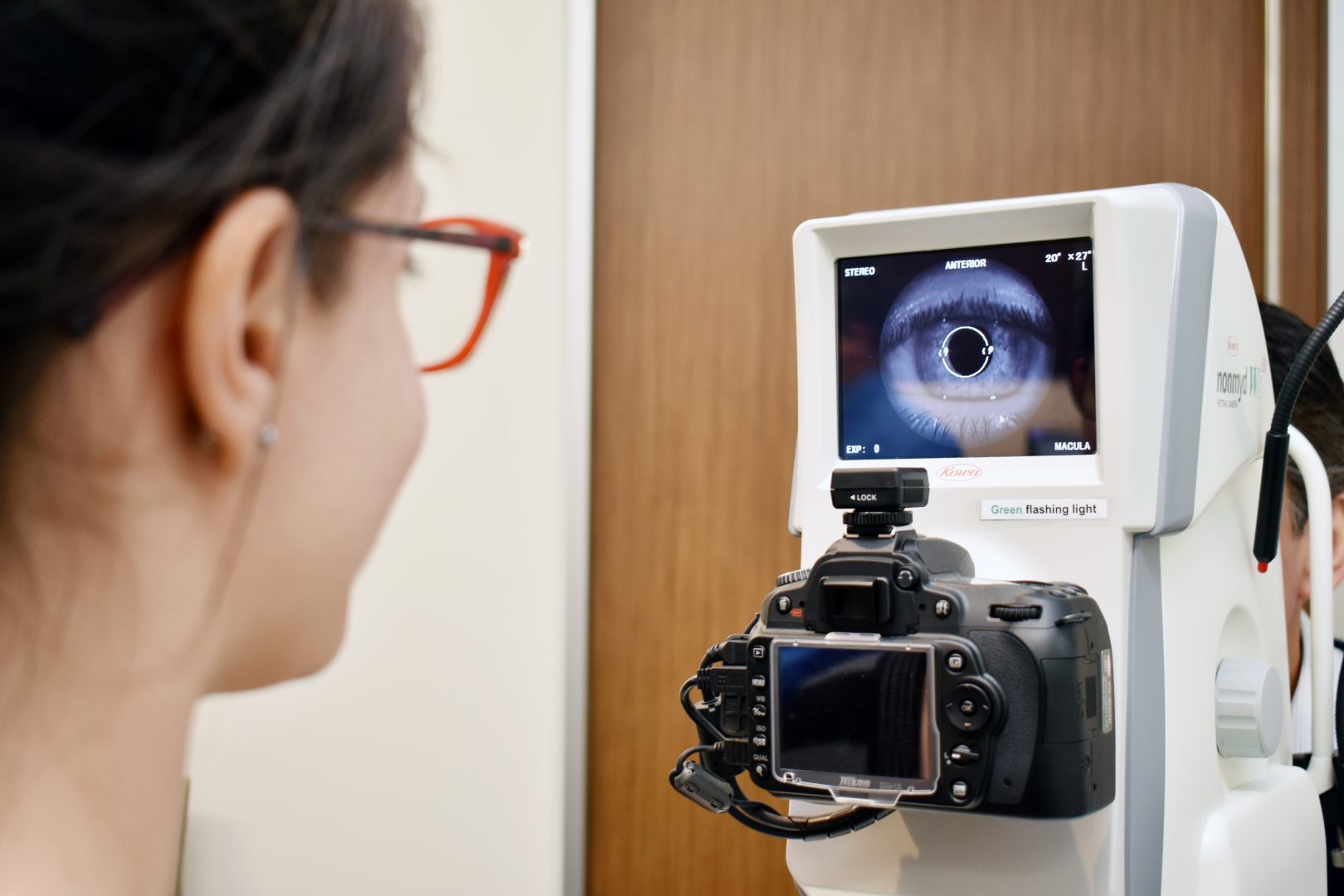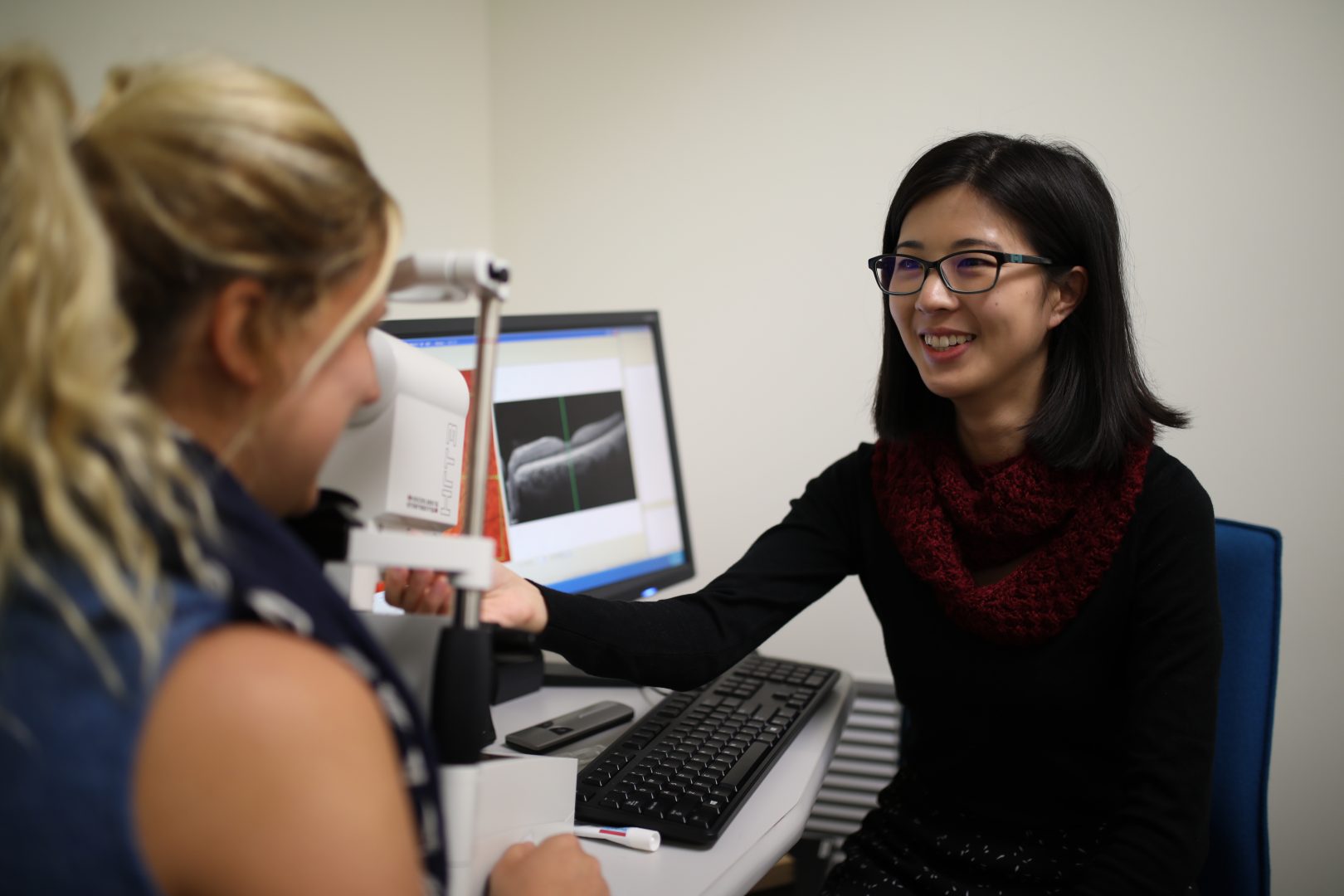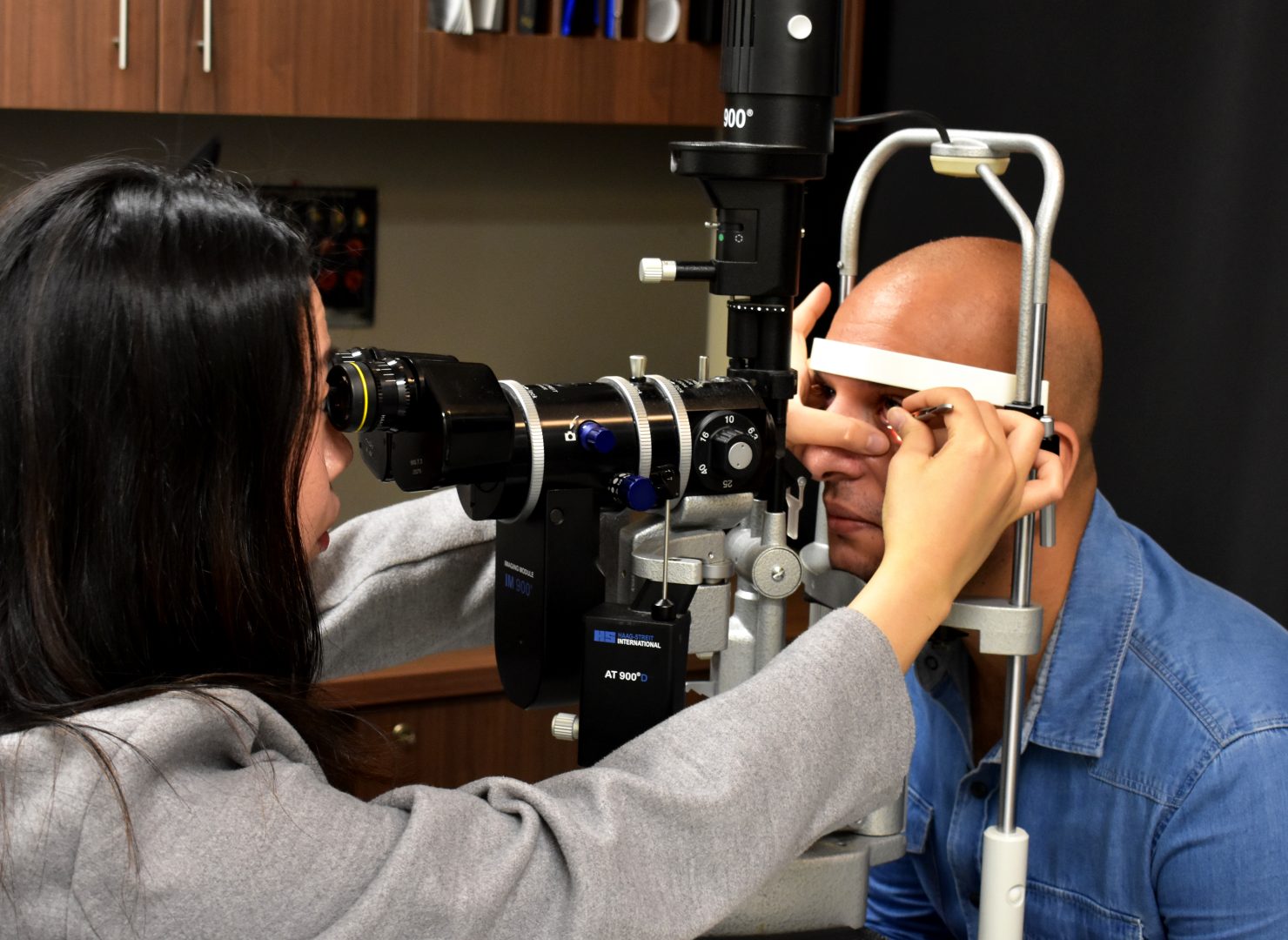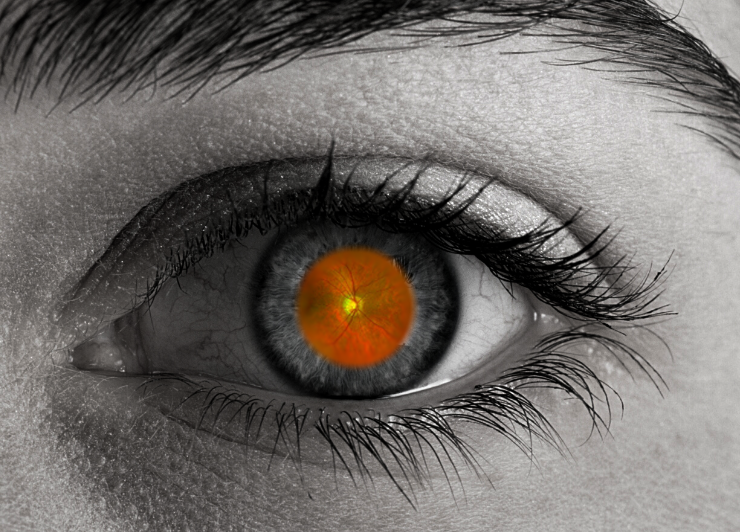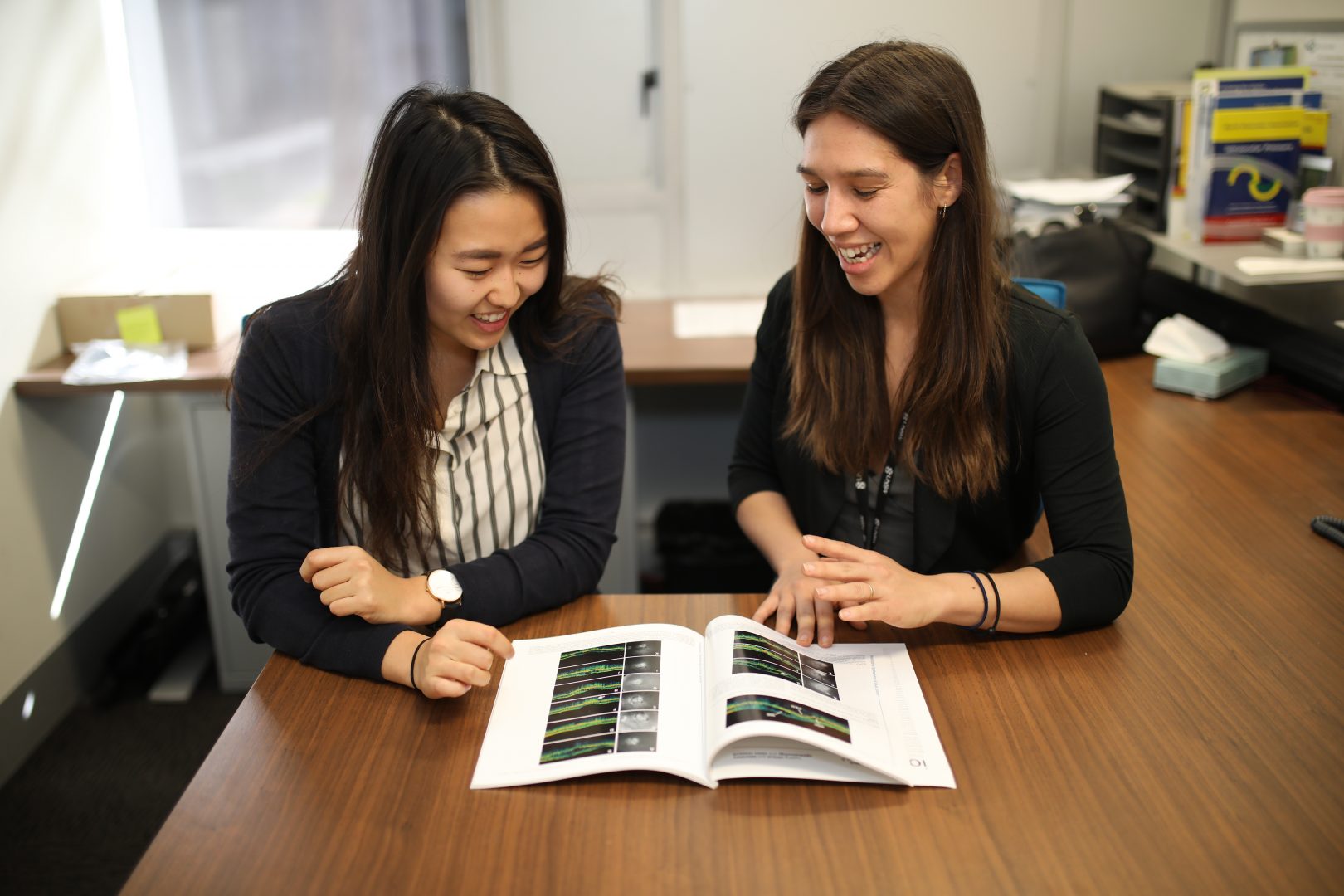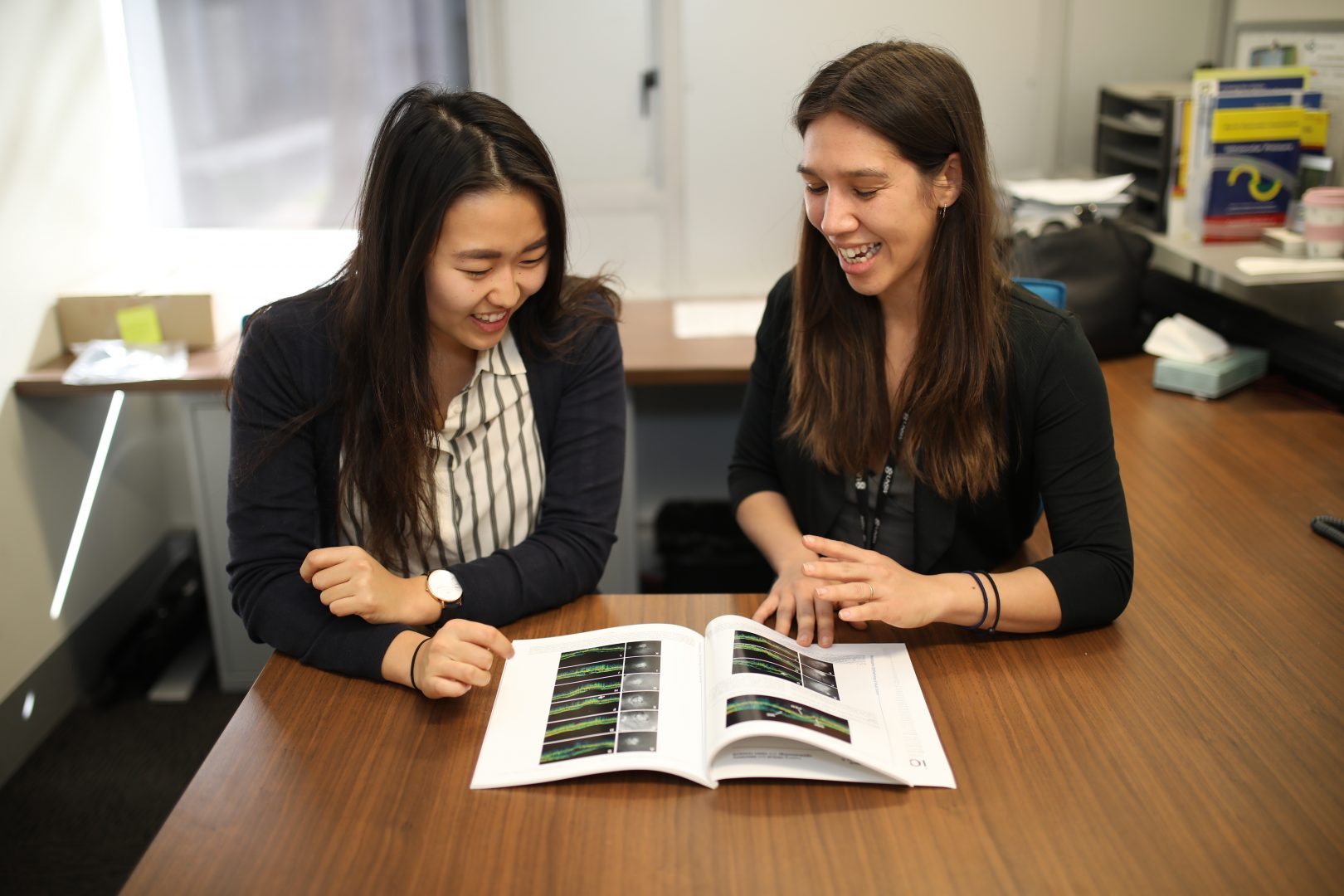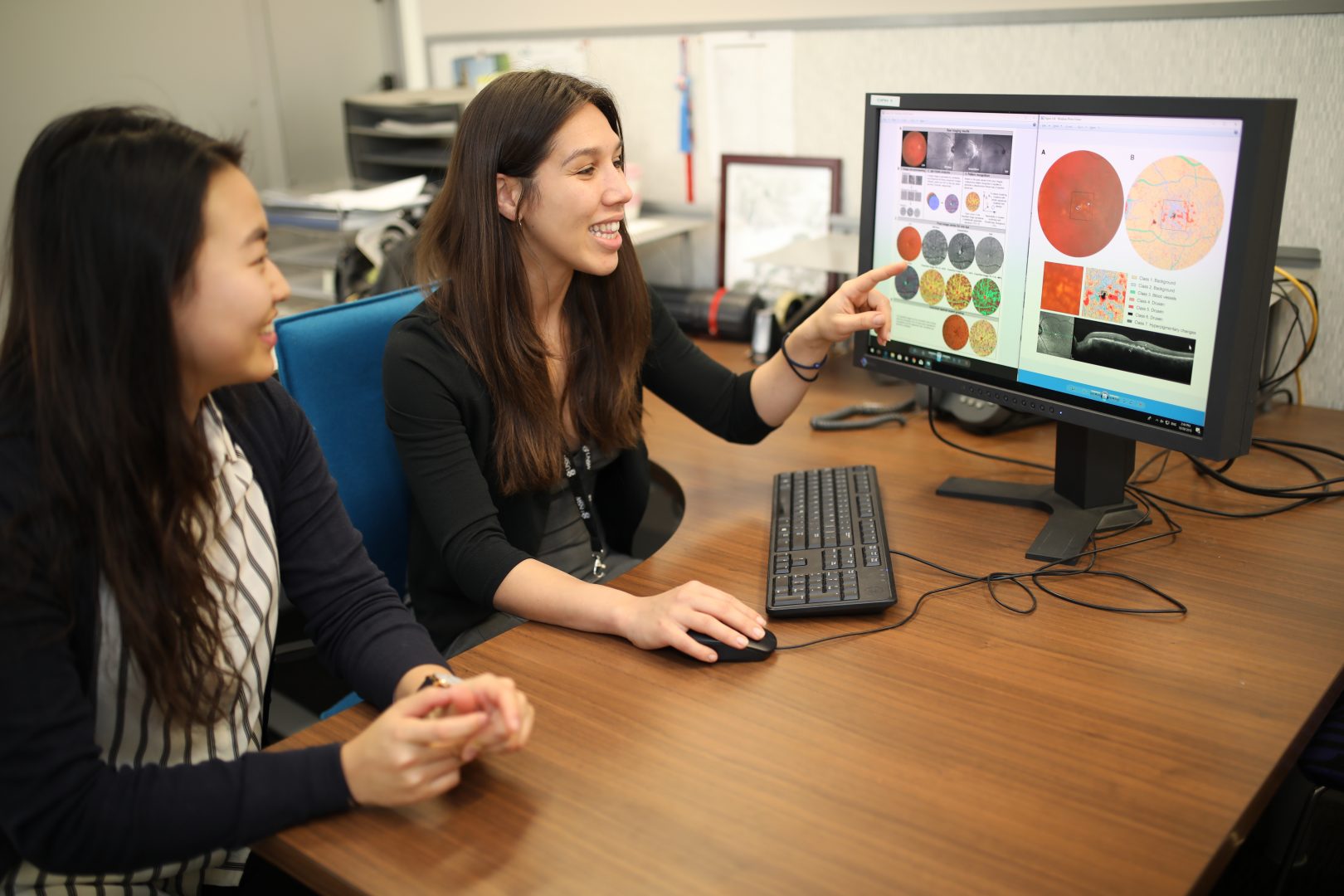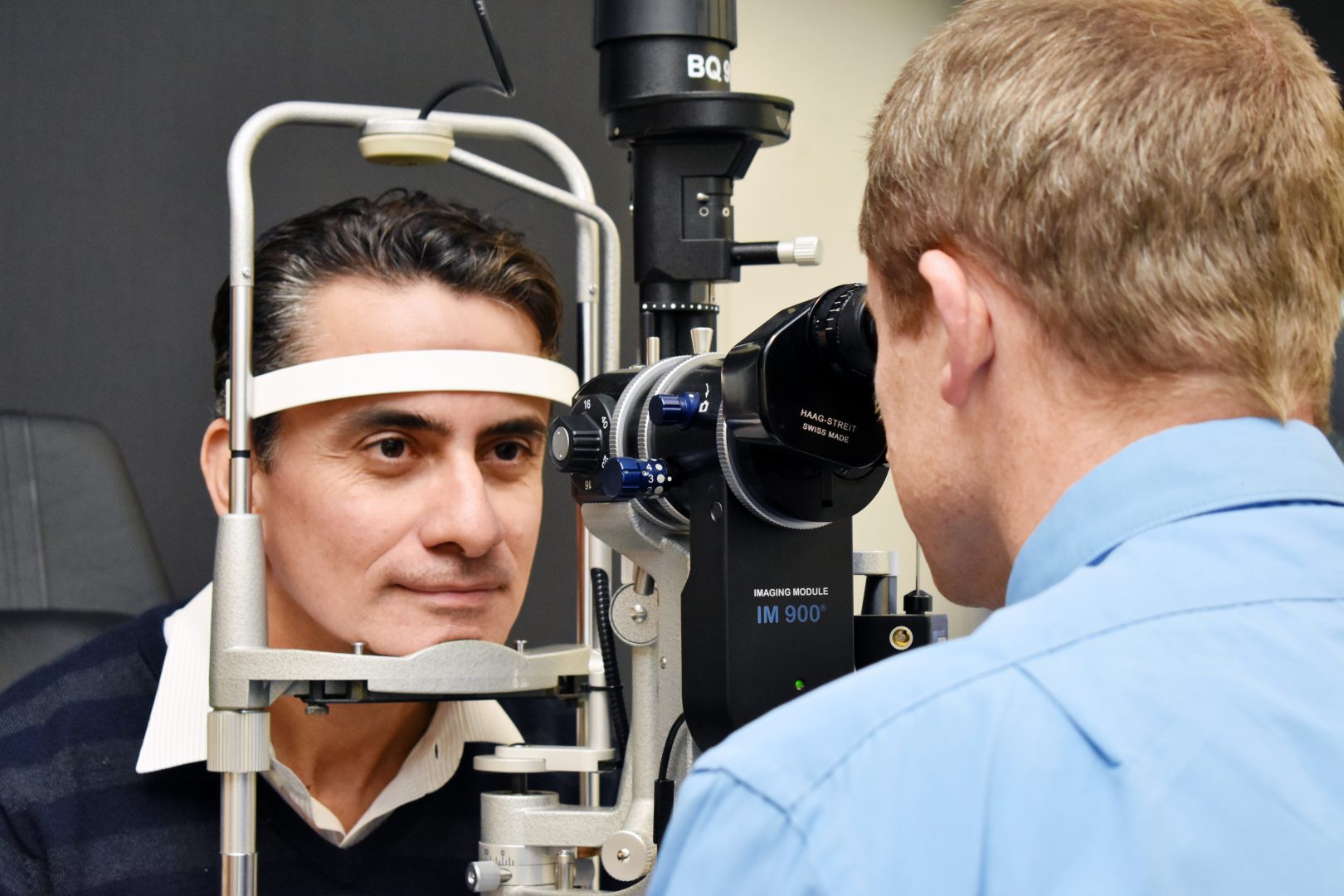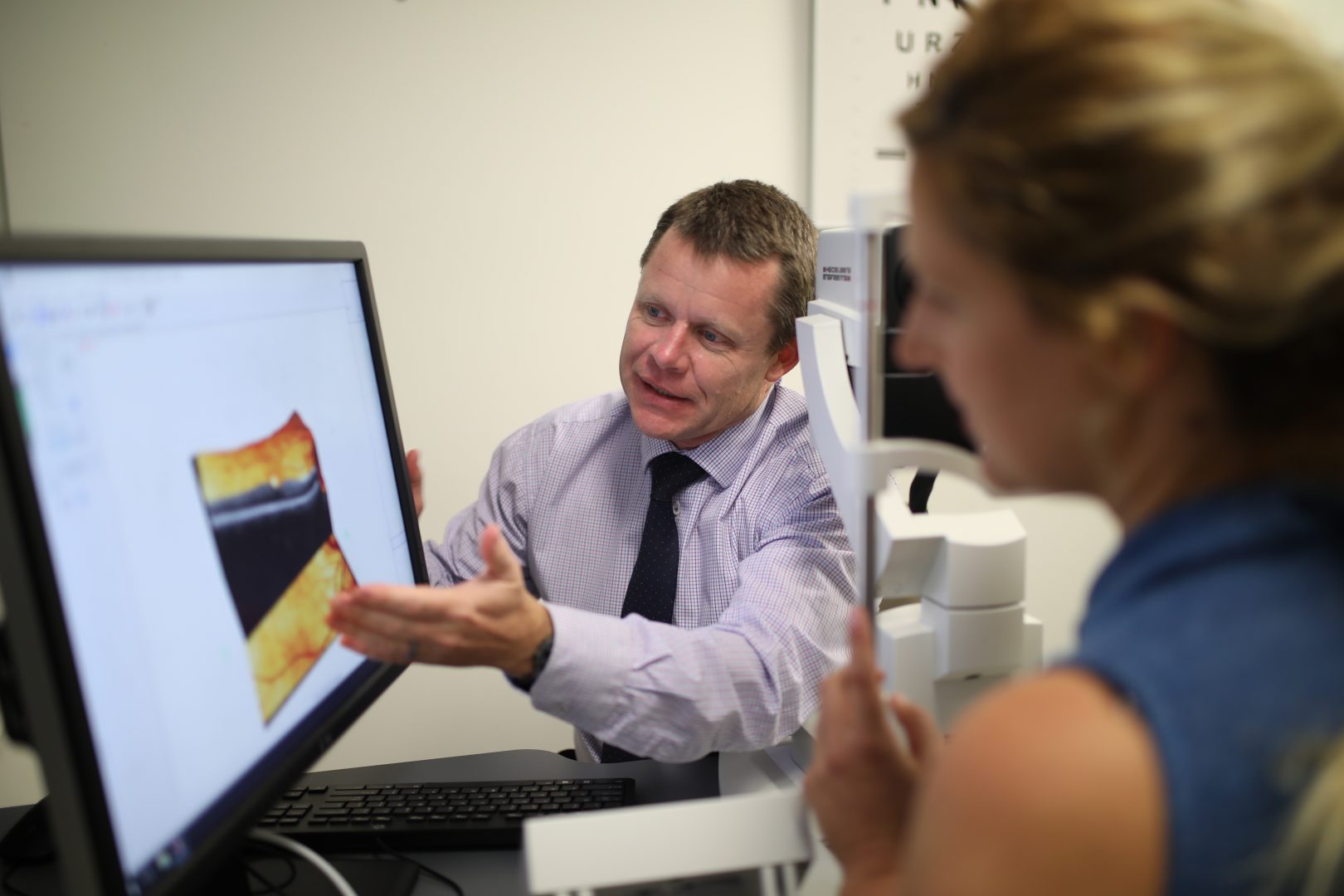
- Refer a Patient
- Referral Types
- Patient Information
- Overview of CFEH Clinics
- CFEH Instrument List
- Our clinical team
- Causes of Vision Loss
- Patient Forms
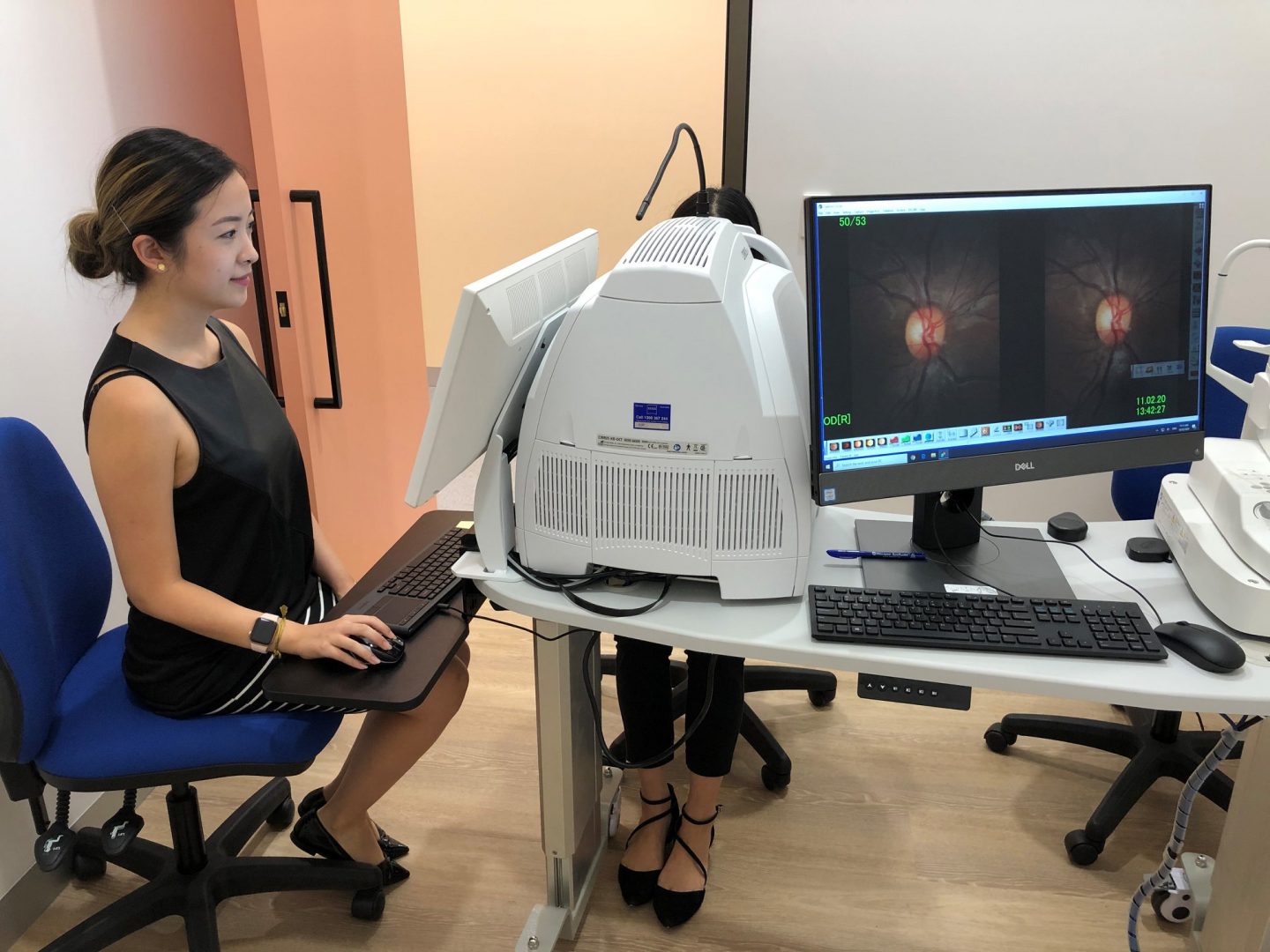
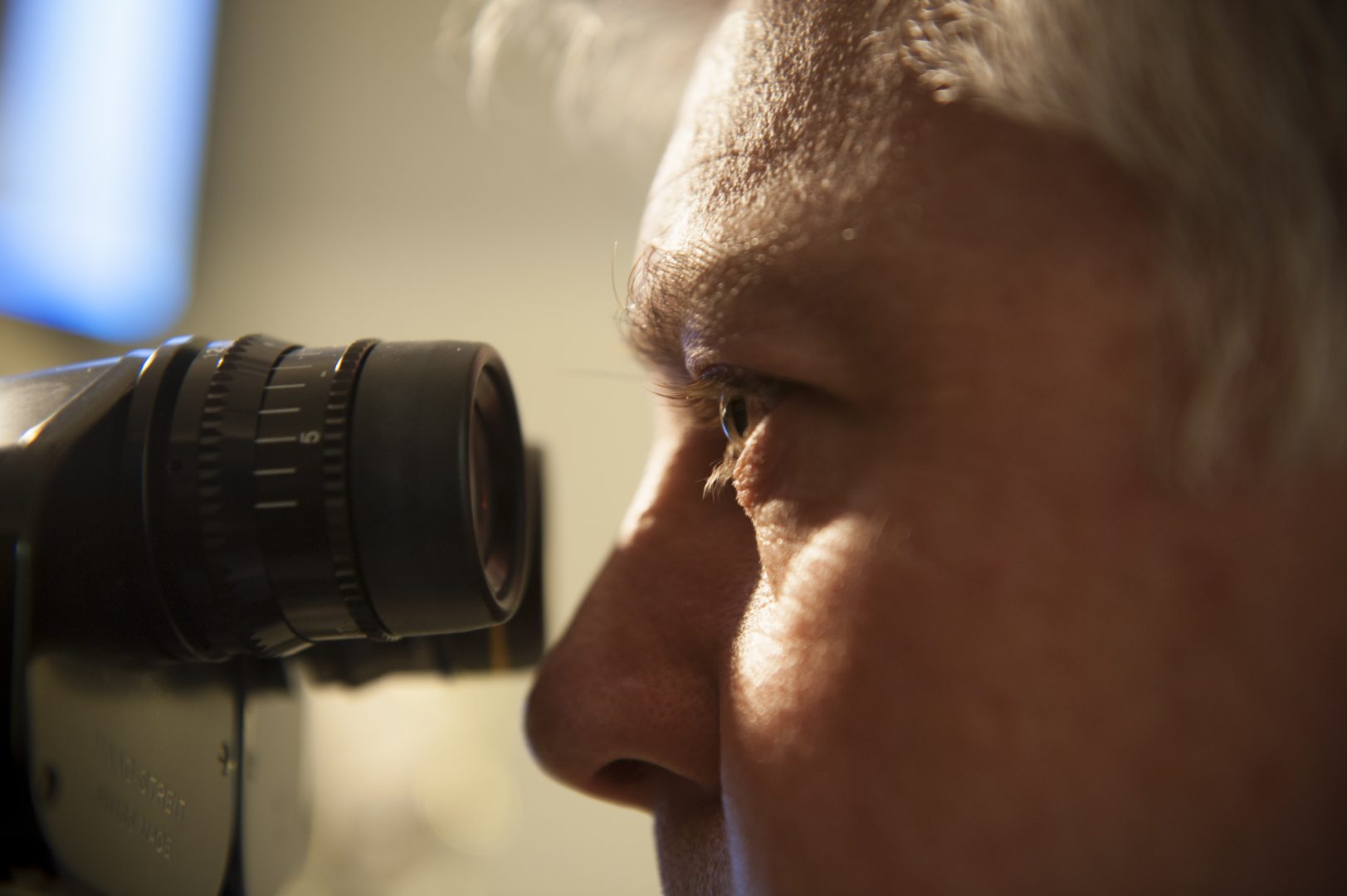
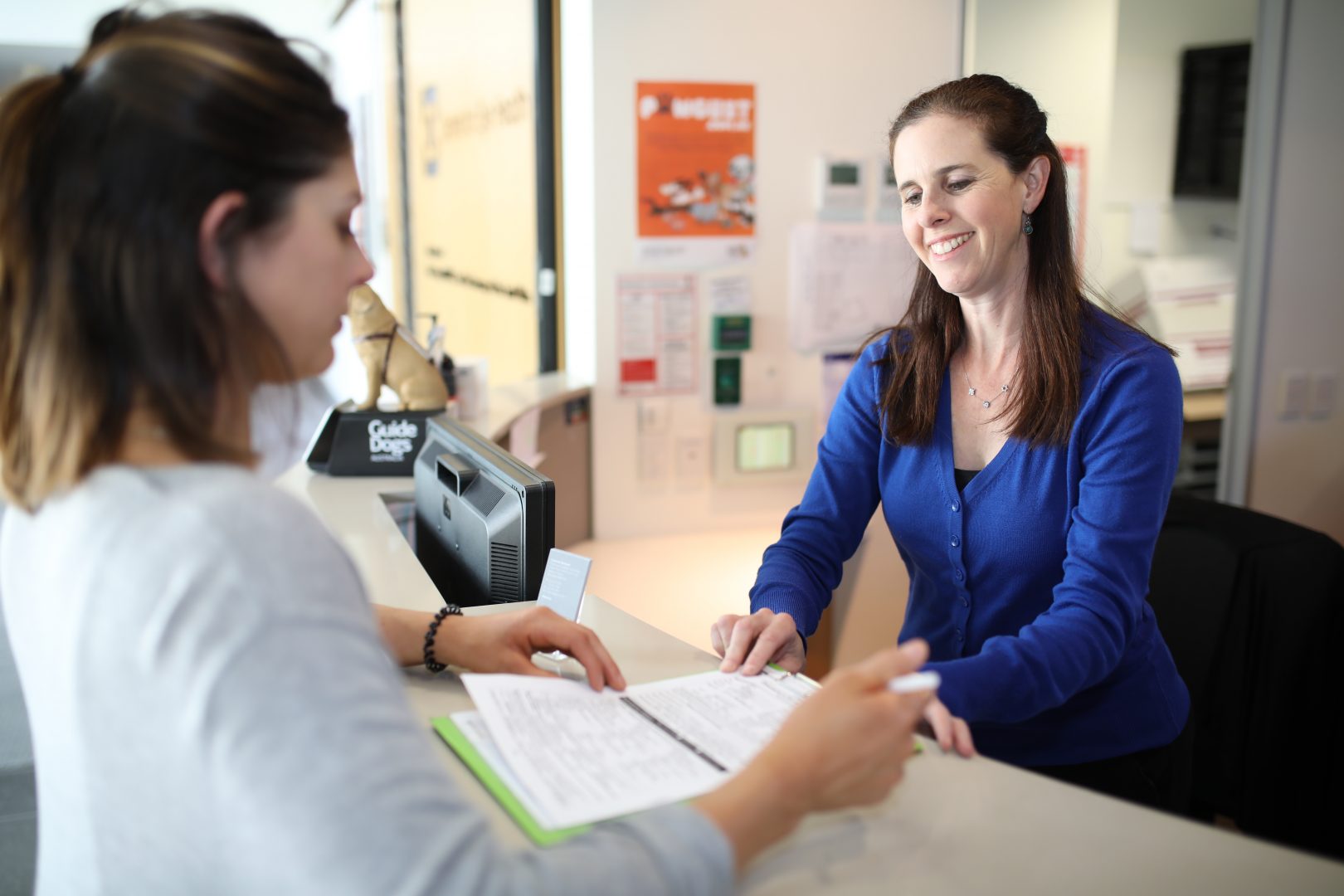

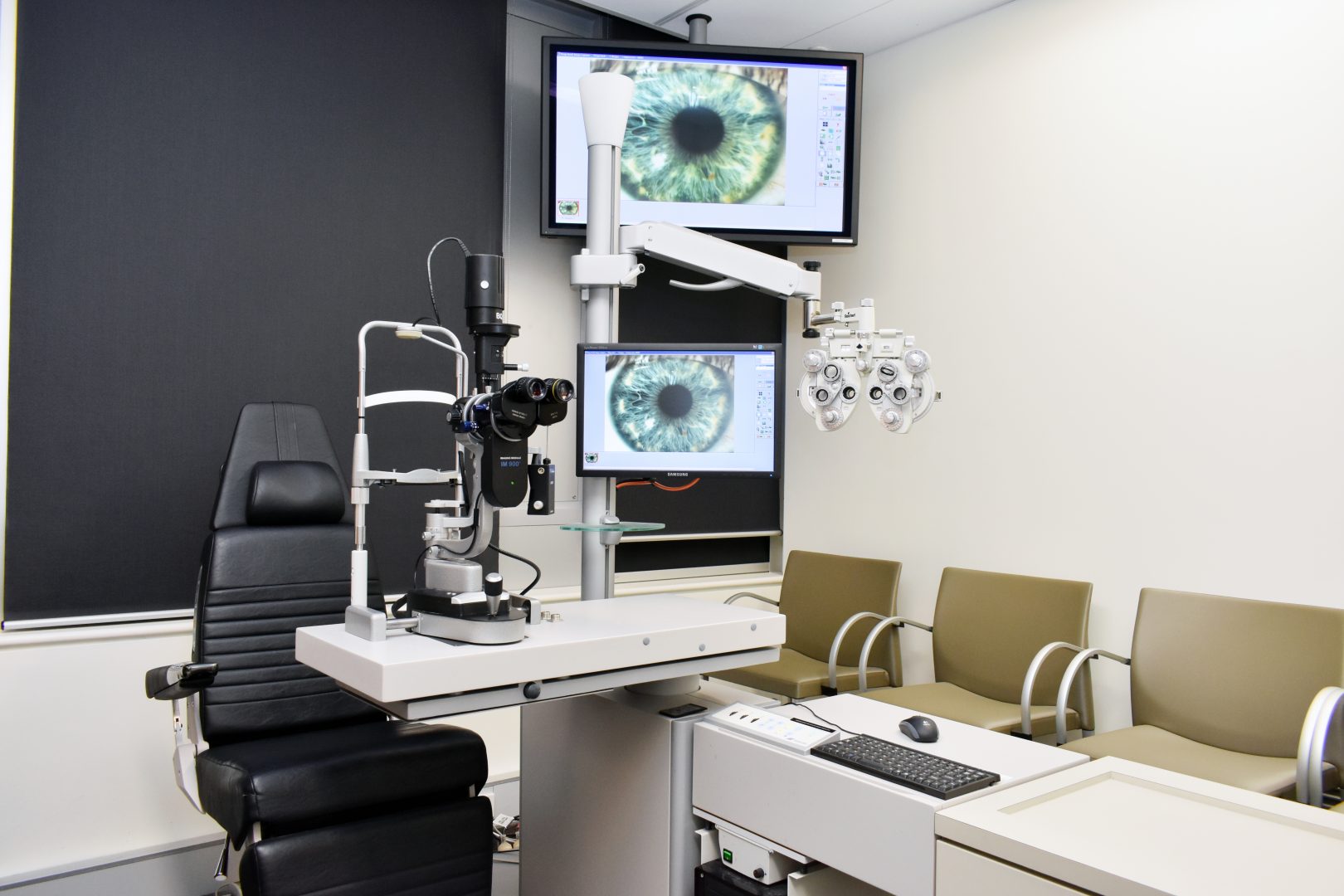
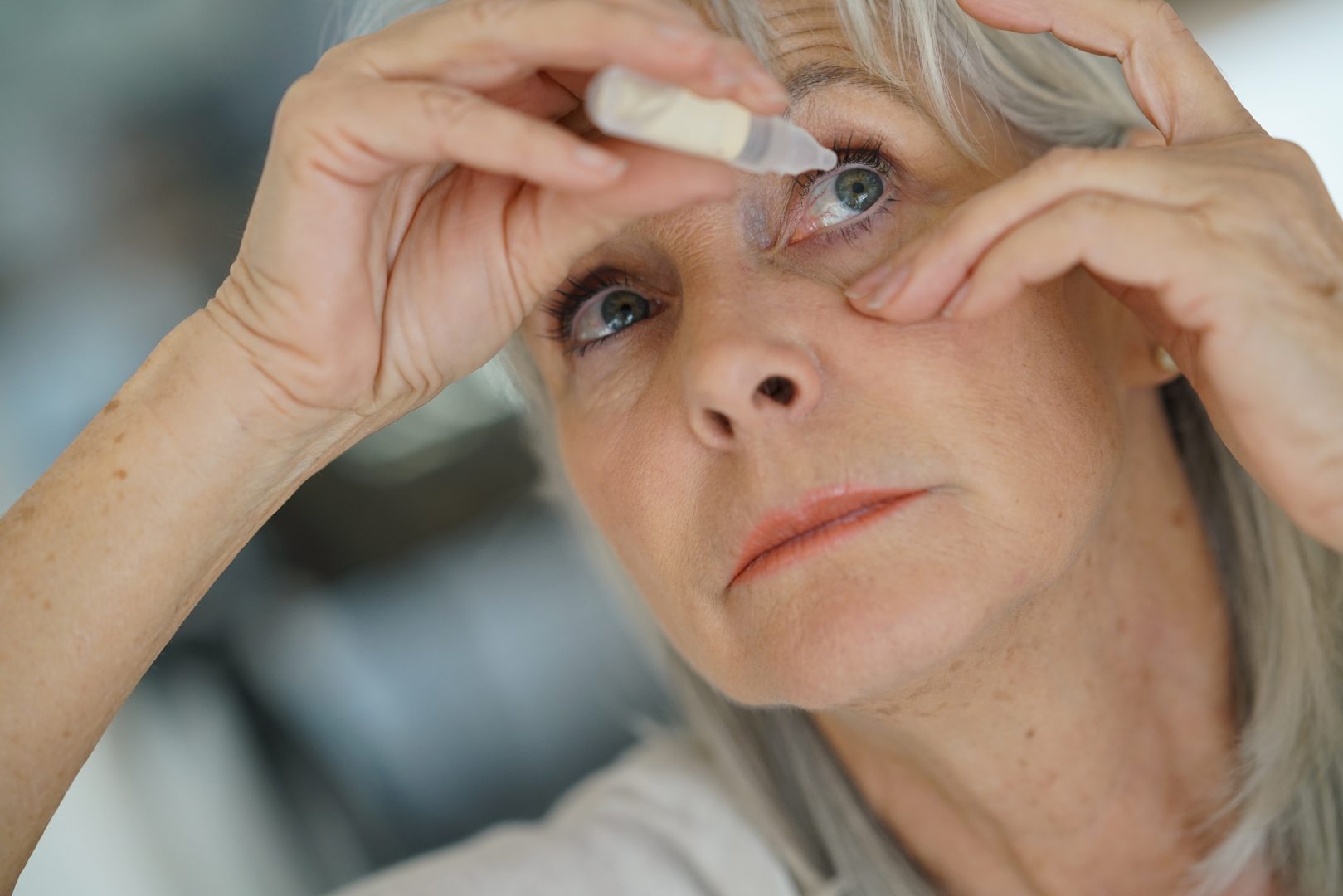
Regular eye tests are a vital part of maintaining your eye health. There are many eye conditions that have no symptoms in the early stages, and regular eye checks will assess your need for glasses and look for any early signs of eye diseases. This can include, but is not limited to, glaucoma, macular degeneration, and cataracts.
Where can I get my eyes tested and how often?
Having an eye test every two to three years is highly recommended for all people, but you may need eye tests more frequently if you have a family history of eye disease, an eye condition, or another medical condition that may affect your eye health such as diabetes or high blood pressure.
An optometrist can test your eyes, as well as prescribe glasses or contact lenses. They can also refer you to an ophthalmologist if required.
An ophthalmologist is a specialist eye doctor who can diagnose and treat eye conditions. GPs are also able to refer you to an ophthalmologist if you have concerns about your eyes.
How much does an eye test cost?
The cost of an eye exam can vary depending on your eye care professional, the length of your examination, and the nature of the examination itself. Medicare will partially subsidise the cost of eye exams in most cases, and some tests may be fully covered by Medicare. You can always ask your eye care provider what out of pocket expenses are likely to occur. You may also be eligible for treatment through the public hospital system if the care you require is cost prohibitive.
What to expect during an eye test
During your eye test, your optometrist will usually:
- Ask you about your general health, as well as your eyes and vision
- Ask about relevant family history of eye diseases
- Check your visual acuity, which is your ability to see at different distances. This can include recognising letters at varying distances
- They will check if you are long-sighted or short-sighted (called refractive error) or developing the need for reading glasses (called presbyopia)
- Assess your peripheral vision with a visual field test, which is your ability to see in your side vision
- Check your retina at the back of your eye with an Ophthalmoscope by shining a light into your eye and looking through different lenses, or using an Optical Coherence Tomography scan (OCT) which creates a 3D cross section image to see the layers in the retina or take a digital colour photo of the retina
- Test your eye muscles and movement of your eyes, including assessing for a lazy eye (strabismus)
- Check the surface of your eye and other structures within the eye with a microscope called a slit lamp
- Measure the pressure in your eyes
- Make any necessary referrals or recommendations for your ongoing care
For further information on eye tests
- Always speak to your eyecare professional about the recommended eye tests for you.
- Visit the Good Vision for Life website
- Find an optometrist near you
- Find an ophthalmologist near you



